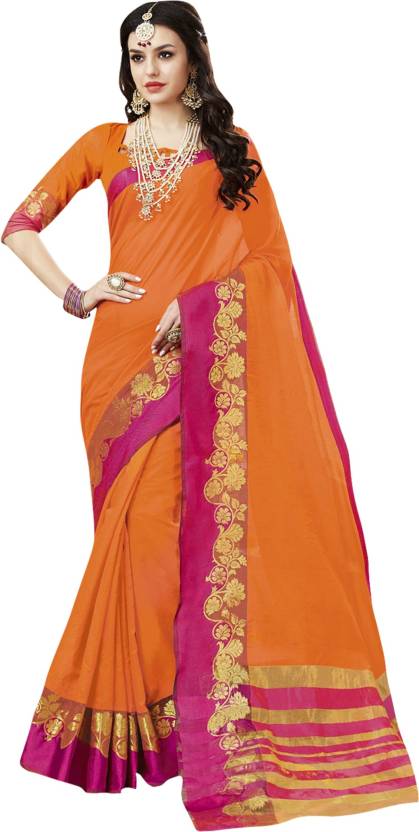History Of Saree

for know looking hacking designs
https://www.flipkart.com/search?q=ratnavati&otracker=start&as-show=on&as=off
- Choosing the right fabric is also very important. Crepes, chiffons, and georgettes are in; these fabrics make you look attractive in saree.
The notion behind opting for such fabrics is that they tend to gel well with the body structure and shape, giving a very attractive and glamorous look. You can choose the fit and colors of the fabric, depending upon your body shape.
The origins of saris are obscure, in part because there are very few historical records in India. Yet, we know that Indians were wearing saris draped around their bodies long before tailored cloths arrived. The origin of a sari can be dated back in history and there are various references of it during the Indus Valley Civilization. In more recent times, it is believed that the women in most parts of India have been wearing saris for many years.
The Indian Sari is more than 5000 years old. It was first mentioned in Rig Veda, the oldest surviving literature of the world, written somewhere around 3000 BC. The Sari, originally intended both for men and women, is probably the longest incessantly worn dress in the history of mankind.
One of the earliest depictions of a Sari-like drape covering the entire body dates back to 100 B.C. A North-Indian Terracotta depicts a woman wearing a Sari wound tightly around her entire body in the trouser style.
This elaborate sculpture represented in the terracotta may have evolved among India’s temple dancers in ancient times to allow their limbs freedom of movement while at the same time maintaining their standards of modesty.
There are many sculptures of Greco-Indian Gandharian civilization which show a variety of different Sari draping styles.
Tailored clothes arrived in India with the arrival of Muslims. Hindus believed that any cloth pierced by needles was impure.
It is commonly believed in India that petticoat or Ghagra and the blouse or Choli which are worn under the Sari are later additions which started with the coming of British in India. Increasing number of upper class women in the early 20th century did adopt items of European style clothing as the fitted blouse and slim petticoat. This was also adopted due to the fashion of transparent chiffon Saris during that particular period. Some of the wives of Indian Kings draped themselves in Saris that were made by Persian designers.
Read Full Article